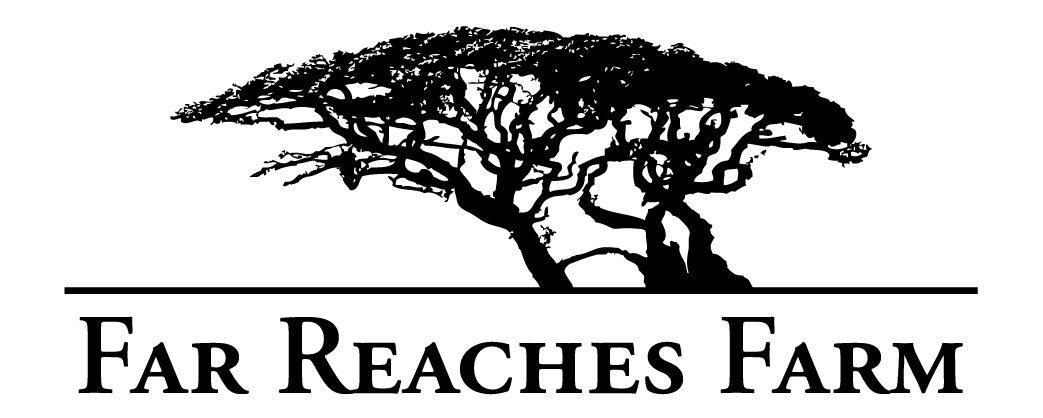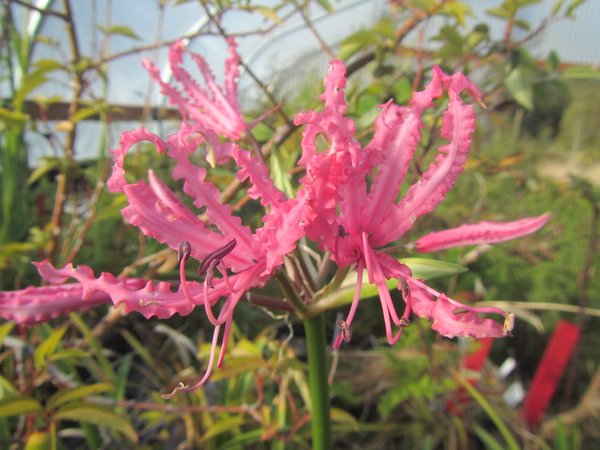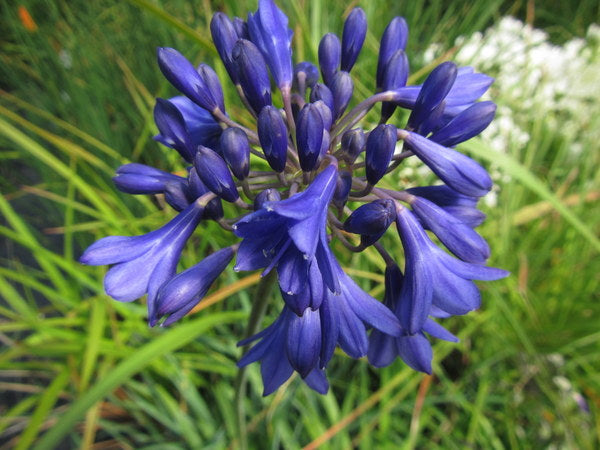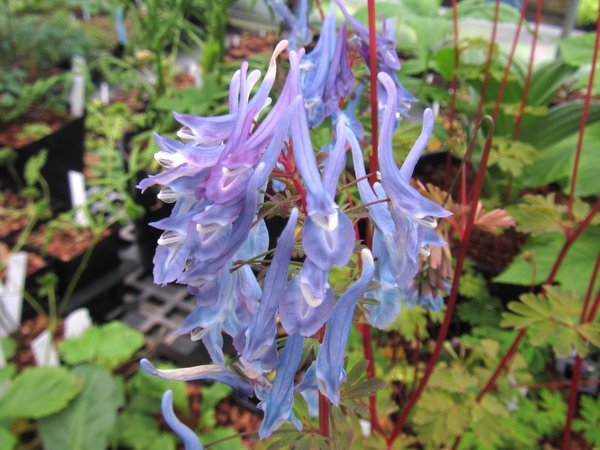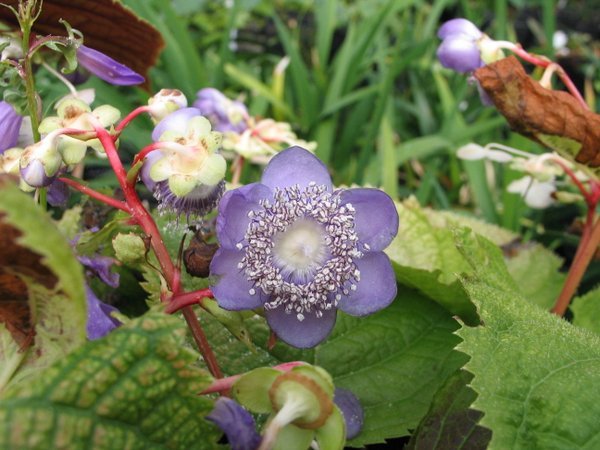Sort by:
1758 products
1758 products
Little bulbous plant from the Drakensberg Mts in South Africa. This is a good rock garden subject in that it likes good drainage in the winter. When growing, keep it watered reasonably and it will bloom its tail off with loads of small reddish flowers. Mulch if bitter cold in winter. This is one of smallest species in the genus and the word "statuesque" will likely never be used in conjunction with Rhodohypoxis. This was simply descriptive and not in the least pejorative. Those little bulbs can be so sensitive about their size.

Androsace sarmentosa subsp. primuloides 'Conwy Jewel' (syn. A. studiosorum)
$18.00
Unit price perAndrosace sarmentosa subsp. primuloides 'Conwy Jewel' (syn. A. studiosorum)
$18.00
Unit price perSometimes simple is best, shocking coming from this bastion of maximalism and specialization we know, but its hard not to love an approachable friendly face in an intimidating crowd. This species is that friendly face for the at-times daunting world of alpine and rock gardening, adaptable and charismatic with it's primula-like flowers. This little Euro delicacy comes from the legendary Aberconwy nursery, one of two selections bred to combine the compact habit of the white-flowered 'Doksa' with the usual bright pink form. This one favors saturation of color over extreme dwarfness but is still quite compact. A little specialist and a lot cute, a welcome addition for the beginner and the erudite expert.
